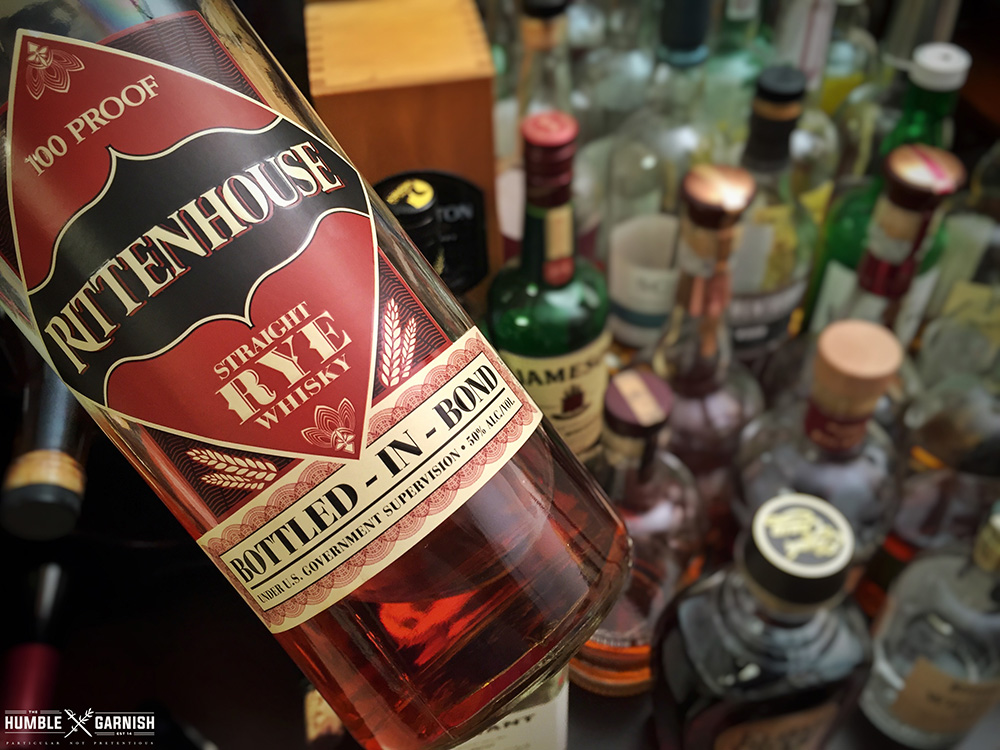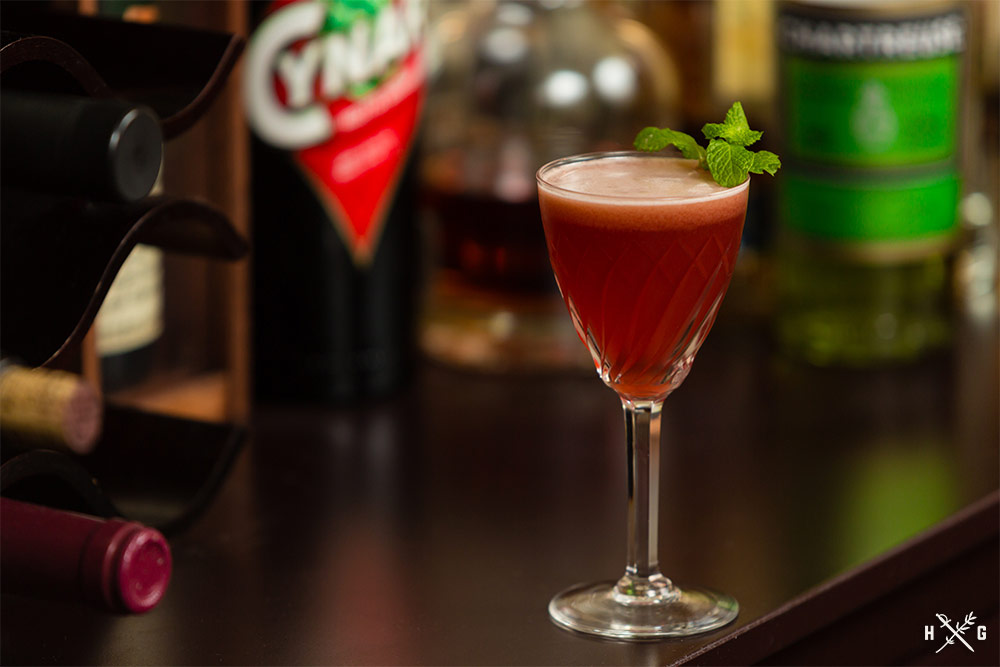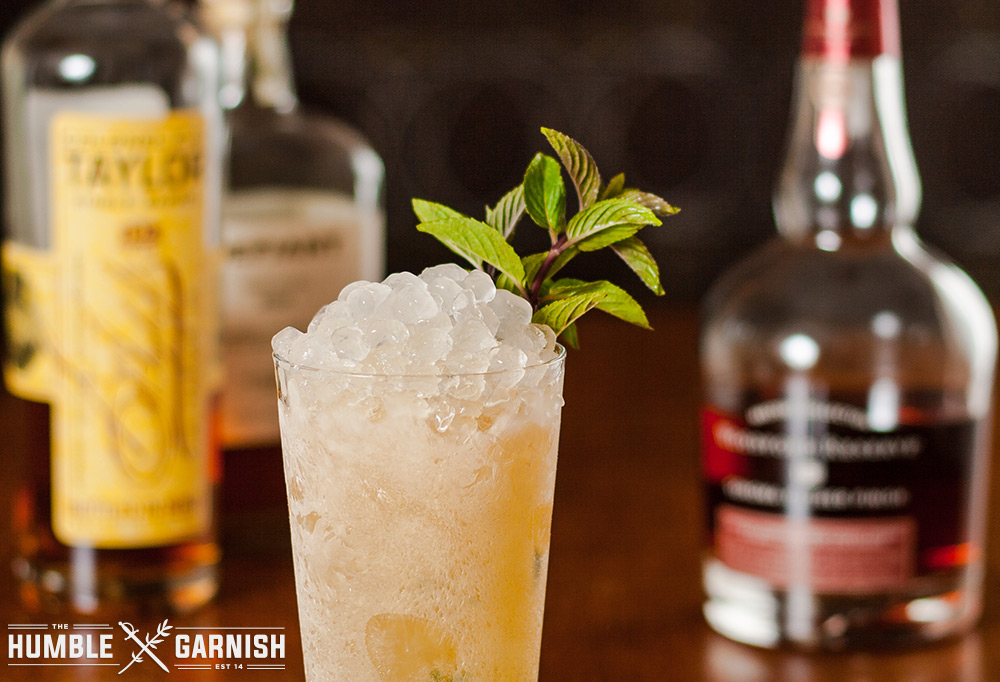History tends to repeat itself, and American whiskey’s history is no exception. Prior to the Bottled-In-Bond Act of 1897, whiskey had a quality control problem. Whiskey was misrepresented and distillers would flavor and color their products with ingredients such as iodine and tobacco. The Bottled-In-Bond Act of 1897 sought to remedy this by allowing qualifying distilleries to defer paying excise tax while their whiskey was aging, and pay upon completion of the product. To qualify for the tax deferment, distilleries had to allow government inspection of their facilities and meet a set of standards to ensure consistency. To receive this title of “bonded”, the whiskey had to be aged for no less than 4 years, bottled at 100 proof, and be the product of one distillation season by one distiller at one distillery. The label must identify the distillery according to a government registered number and include the bottling location if it was bottled off-site.
Whiskey has gone in and out of favor, but sales have exploded in the past 2-3 years. In just the past 5 years U.S. domestic sales have increased 40%. In 2014 there were over 5 million barrels of whiskey aging in Kentucky alone, and supply still cannot keep up with demand. International spirit brands are expanding (In 2014 Suntory of Japan acquired Jim Beam for $16 billion.), and smaller regional distilling operations are popping up across the country. The list of distilleries looking to alleviate and capitalize on this boom is nearly endless, but there is one small hang up.
The beloved flavors found in whiskey come predominantly from the wood, and it takes time to impart those flavors. It takes two years for a whiskey to simply hold the title of bourbon, so how are all of these new whiskey brands already delivering a product? Many consumers were shocked last year when they learned that some key players in American whiskey do business with a company out of Lawrenceburg, Indiana. These brands buy a generic (unbranded) spirit made according to a specified mash bill from a company by the name of MGP (Midwest Grain Products). Sometimes these spirits are just the distillate, but other times they are aged and only require bottling. MGP offers their clients a full list of options, including 5 different bourbons. Templeton Rye recently faced some legal heat due to the misleading labeling of their product which originates at MGP’s facilities. Bulleit’s Rye, Smooth Ambler Old Scout 7, Tincup, and some High West products also originate at MGP’s facilities. Other distilleries choose an alternative “shortcut” method such as Defiant, who “speed up” aging by placing spiral cut oak staves in the barrels. There are also several individuals and groups researching methods to age whiskey faster via scientific and controlled means such as ultrasound.
These methods and techniques bring a clear financial benefit to companies as they are able to increase the speed and volume of production, but where does that leave the consumers, particularly the whiskey enthusiasts? If on a chemical level one is able to re-create in a matter of days or weeks the same processes that normally take years would you buy it? Do you think you could distinguish it in a blind tasting? Is it blasphemous to even attempt these processes and remove the romance from whiskey making? It’s the human preference for narrative that fuels much of the romance of modern whiskey brands. Sure, consumers know that these narratives about a whiskey’s history are polished by a marketing department, but deep down they (we) believe there is an ounce of truth to them. I believe that’s why consumers took such bold action against Templeton when they discovered their rye was made by MGP and learned the narrative about it being a Prohibition-era recipe that was a favorite of Al Capone’s was a total fabrication.
In conclusion, I wish I could dismiss anything that comes out of MGP, but I’ve had some great whiskeys that originated there. Masterson’s Rye is one of them, but the romance of it is slightly dampened now that I know it’s from MGP. Perhaps it bothers me that this $50 rye comes from the same place as Bulleit’s $25 rye. While I’m all for the application of technology to refine and improve a process, I’ve never enjoyed a whiskey (or wine) that uses these techniques. Both choices leave me torn, and aside from exclusively drinking straight bourbon or single malt Scotches to avoid these issues, there are three simple actions that I think should be taken – make informed decisions, put pressure on misleading brands, and know what you want. Ultimately, the whiskey you drink is driven by your wallet and your palate. Whiskey is meant to be enjoyed not to induce stress, so make your own choice as to what you drink, how you drink it, and who you drink it with. Check back next week for part two, which I promise to be more light-hearted. We will explore four (non-MGP) American whiskeys as well as my favorite pumpkin bread recipe.
Additional Resources
If you want to see what’s as close to a complete list of spirits distilled by MGP, this is your resource. Scroll down to Midwest Grain Products Ingredients.
For a good listing of the best whiskeys that are MGP-based, Serious Eats has you covered.
More Info On Rapid Aging
Food Republic – Is Lightning Aging The Future Of The Bourbon Industry? God Save The Industry!
PopSci – Scientific Ways to Make Whiskey Taste Older Faster
Wired – Lost Spirits
Punch Drink – Whiskey Gets Older Faster
Gizmodo – How One Man’s Aging Whiskey in a Week, Not Years
Food Republic – The Man Who Pumped NYC’s Tunnels Post-Sandy Now Makes Great Whiskey
I created The Humble Garnish because I’m passionate about cocktails. Occasionally, I am provided with products for review or other perks. Many product links on this site are affiliate links that give me a very small kickback, and costs the buyer nothing extra. For example, as an Amazon Associate, I earn from qualifying purchases after a link leading to Amazon is clicked. Other links may earn me affiliate commissions as well. This helps offset the cost of creating content for the site – things like camera gear, software, alcohol, glassware. I have at times accepted and at other times declined free products. I promote what I love and use, and rarely will write about a product that I don’t appreciate or own. If I don’t like a product or service, I often simply choose not to write about it.
– Andrew




Awesome article! Being a science nerd, new techniques like these are super interesting to me, but I ultimately don’t really want them applied to my food and beverage indulgences. At least not without my knowledge.
Thanks Lydia! And yes, consumers deserve to know and should want to know. It’s similar to the lack of GMO labeling, but not as extreme of an issue. 🙂